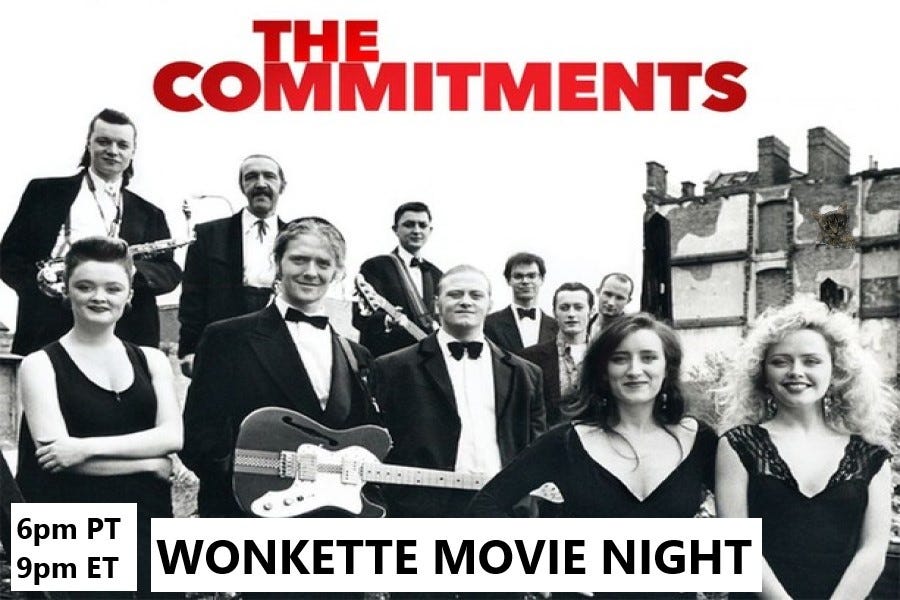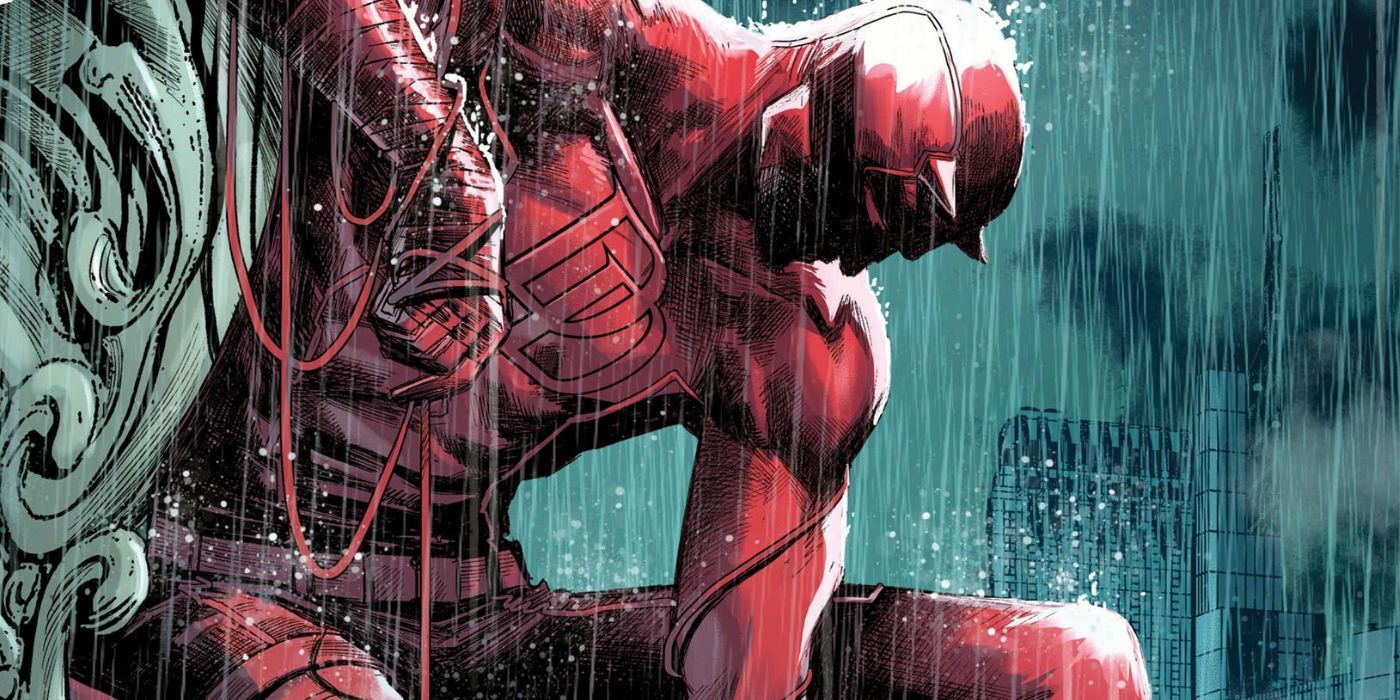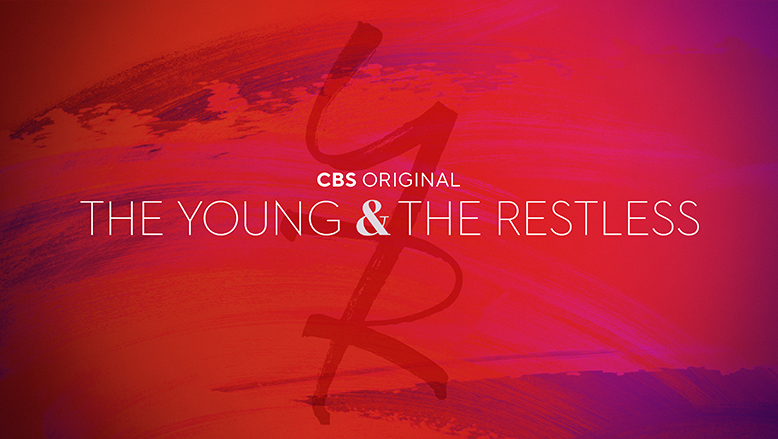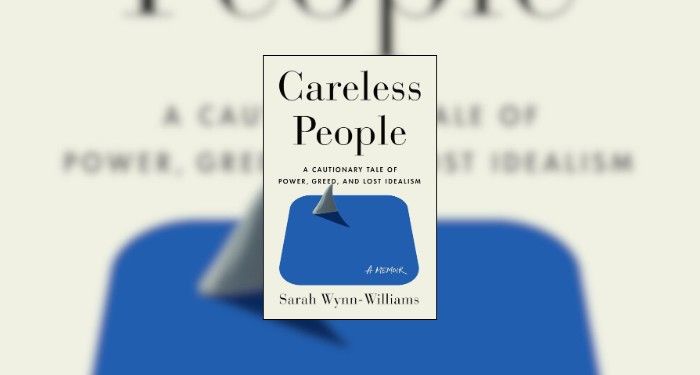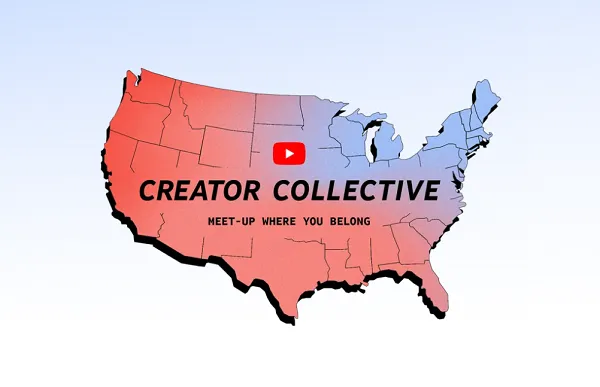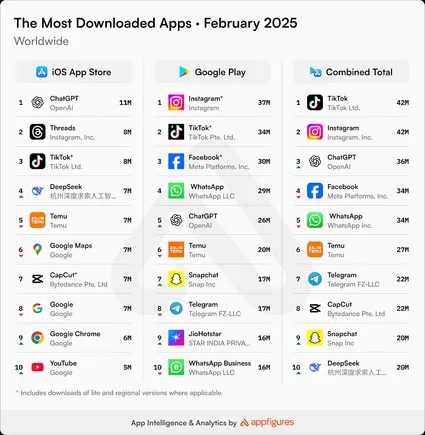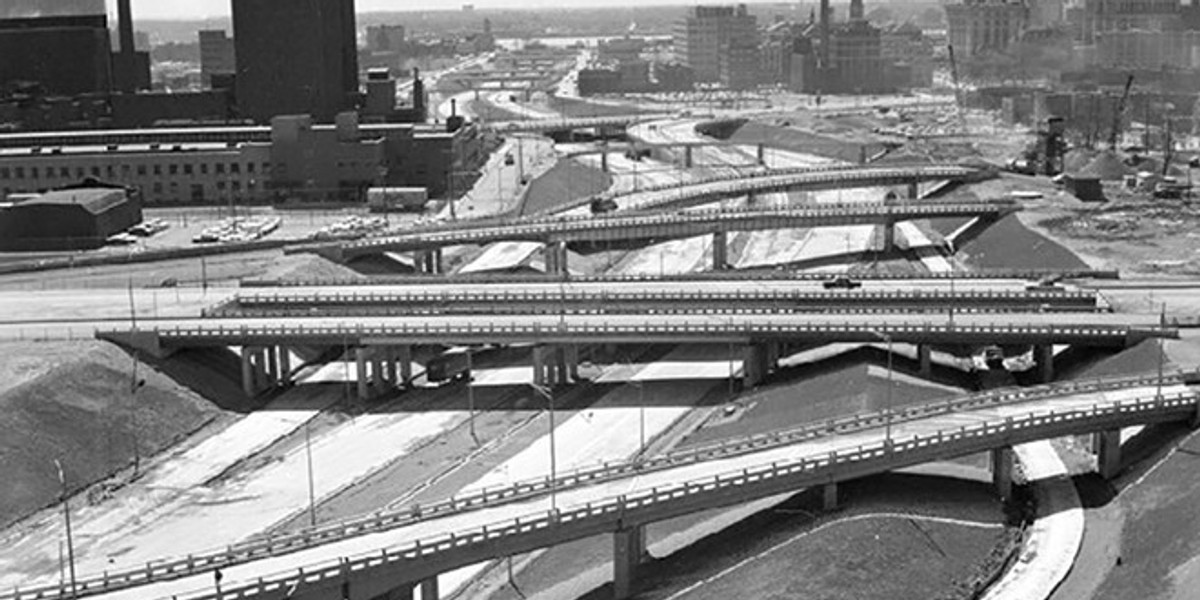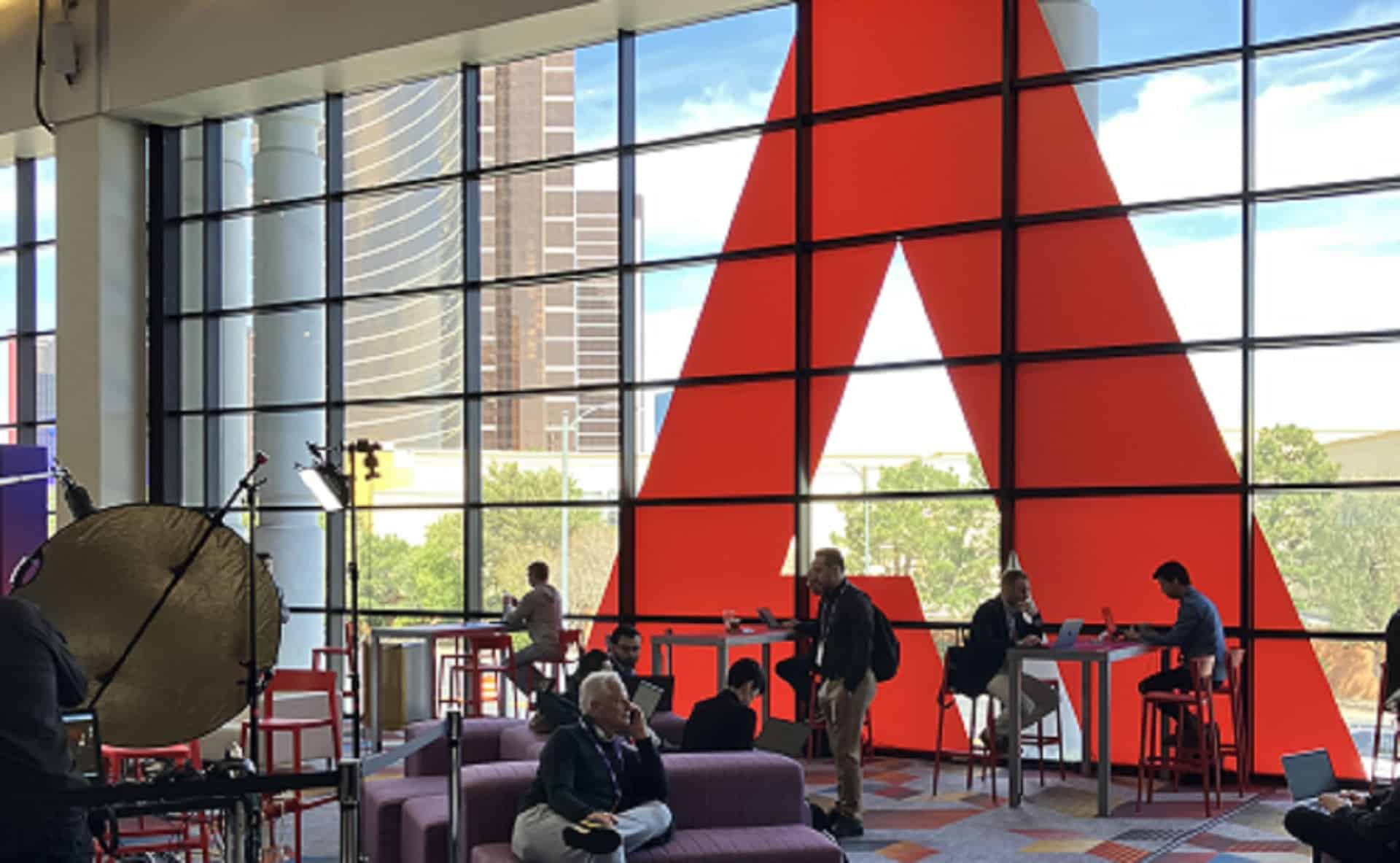We love it when a plan comes together as well as the Bipartisan Infrastructure Law Congress (let’s be honest: mostly Democrats) passed last year. The investments in roads and bridges and climate resilience are already doing neat stuff, like yesterday’s announcement in Detroit that the US Department of Transportation is giving Michigan $104.6 million to help it remove an old section of Interstate 375 in Detroit. Back in the late 1950s and early 1960s, construction of the freeway largely destroyed two mostly Black neighborhoods, Paradise Valley and Black Bottom, displacing more than 130,000 residents and demolishing hundreds of homes and businesses.
Trivia fact: the name “Black Bottom” came from French settlers describing the rich soil, long before the Great Migration brought new settlers from the South to work on auto assembly lines in the 1920s and 1930s, when housing was strictly segregated — only to be shoved out by the freeway in the postwar era. It was a prime example of infrastructural racism.
To get a sense of just how much was lost in the freeway construction, here are before and after photos of the area; you can find similar images for most major cities from the era. (Darned if we could find a source for the text, although the photos have been used in many articles about the destruction of the neighborhoods.)
The DOT grant will provide about a third of the funds needed to remove the mile-long stretch of sunken freeway and associated bridges, then fill in the trench and construct a wide boulevard at street level, which would once again be lined with housing and businesses. Activists and the city government have been discussing plans to fix the damage done by I-375 for decades; at an presser yesterday in Detroit, Mayor Mike Duggan said that planning for the project is likely to be finalized within two years.
The presser was also attended by Gov. Gretchen Whitmer and by Transportation Secretary Mayor Pete Buttigieg, who said, echoing a campaign slogan Whitmer has been using,
Sometimes “fixing the damn roads” means facing the repercussions of how the roads were originally built. Who was included in that process and who was not? Who was empowered and who was displaced? We have seen examples in many communities, including here, where an infrastructure decision serves to divide, and we raise this issue not to wallow in it, but to challenge ourselves to do something about it.
The grant for Detroit is one of 26 new grants, totaling $1.5 billion, from the Department of Transportation’s Infrastructure for Rebuilding America (INFRA) program which is a very exciting acronym for an ongoing program to pay for upgrading infrastructure that will improve the flow of goods around the country and revitalize historically disadvantaged and rural areas.
You may recall that Buttigieg took some heat from rightwing talking heads last November when he discussed the completely accurate history of how in the ’50s and ’60s, the building of the nation’s interstate highways frequently destroyed communities of color in major urban areas. The professionally aggrieved mocked him for talk of “racist roads,” even though he was discussing an incredibly well-known bit of history that’s taught in pretty much every urban planning and architecture curriculum everywhere, to say nothing of history, political science, and African American Studies.
Read More: Secretary Mayor Pete Says Roads Are Racist, Haw Haw What A Dumb … Oh?
Buttigieg wasn’t just bringing the topic up for the sake of making children hate America, although that’s always a good thing too. Rather, he was touting one of the many good things about the Infrastructure bill, which included a billion dollars for a separate pilot program called “Reconnecting Communities.” That pilot program is aimed at undoing some of the damage of the bad old days of urban planning, when freeways were routinely routed through poor and minority areas, destroying neighborhoods and cutting off access to the rest of the city so white people who’d fled to the suburbs could more efficiently drive to and from work downtown.
Duggan noted that ugly history in his remarks, saying,
We know the history. Detroit has been divided by this highway for nearly 70 years. The motivations in wiping out Paradise Valley and Black Bottom in the 50s are well-known, but no one could imagine the pain would still last 70 years later.
He added, “What we’d like is to knit the community back together.” The goal is to transform the former sunken freeway into a tree-lined boulevard that will be friendly to pedestrians and bike commuters as well, as well as to reconnect what’s left of mostly-Black neighborhoods.
Lauren Hood, who chairs Detroit’s planning commission, told the Washington Post that the reclaimed land on either side of the new road will be valuable,
but Detroit’s leaders will have to think beyond the role big developers could play while finding the best ways to restore the community.
For many Black residents with relatives who lived in the Black Bottom area, the harm caused by the highway’s construction is still present. The community will need to be organized, Hood said, but since its original residents were dispersed, she added, that’s a tall order.
“Those governing bodies aren’t going to decide to be just on their own accord — they’re going to need to be pushed,” she said. “They need somebody to hold them accountable.”
Damned right — it would be pretty outrageous for all that effort to go into fixing a notorious scar right through Detroit’s historic Black neighborhoods, only for the area to end up gentrified. We’re betting Detroiters will manage to keep the city honest.
[Detroit News / WDET / WaPo / WDET / Photo: Walter P. Reuther Library, Archives of Labor and Urban Affairs, Wayne State University]
Yr Wonkette is funded entirely by reader donations. If you can, please help out with a monthly $5 or $10 donation so we can keep reminding you of that Faulkner quote about how “the past is never dead. It’s not even past.”








